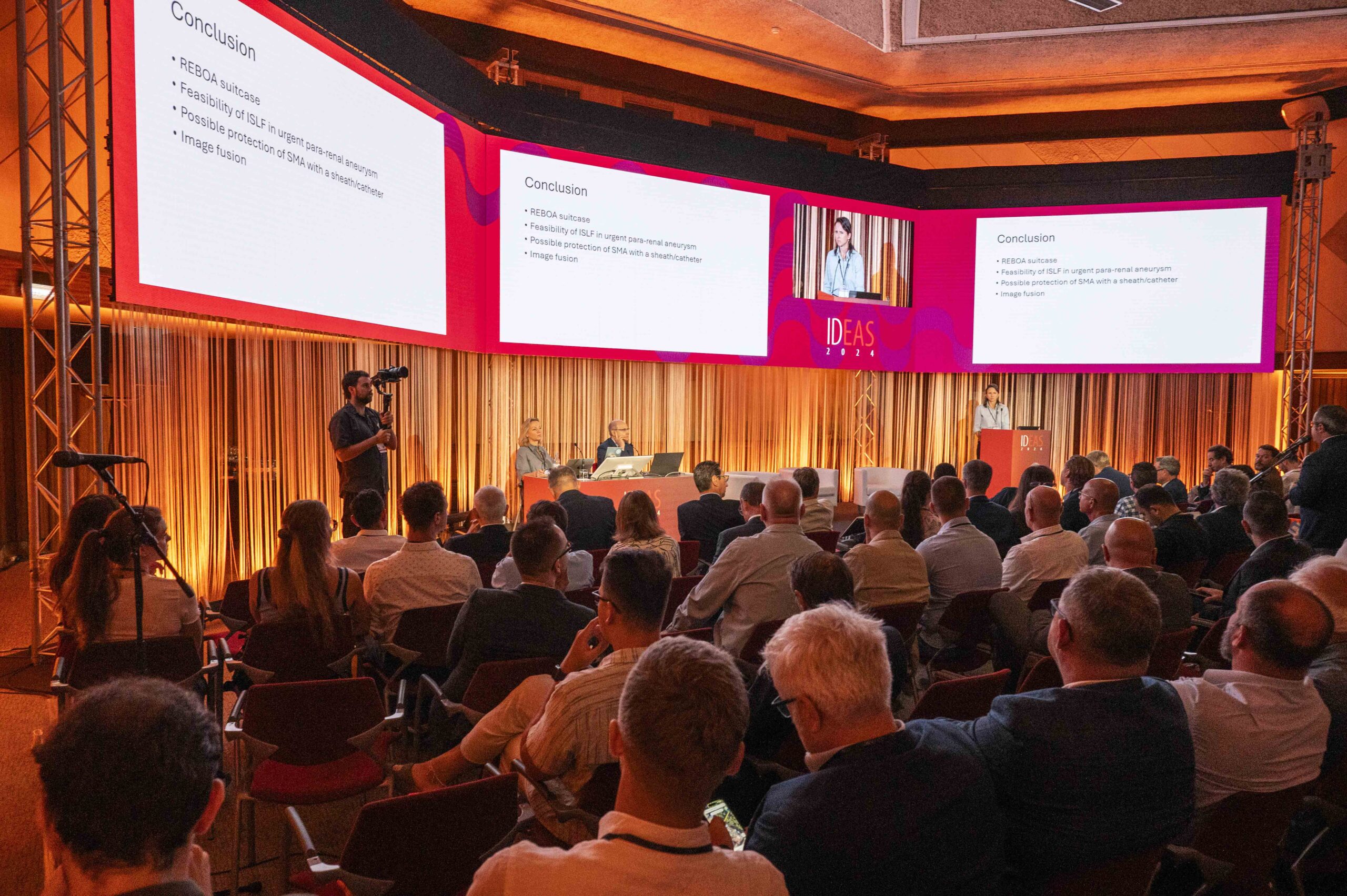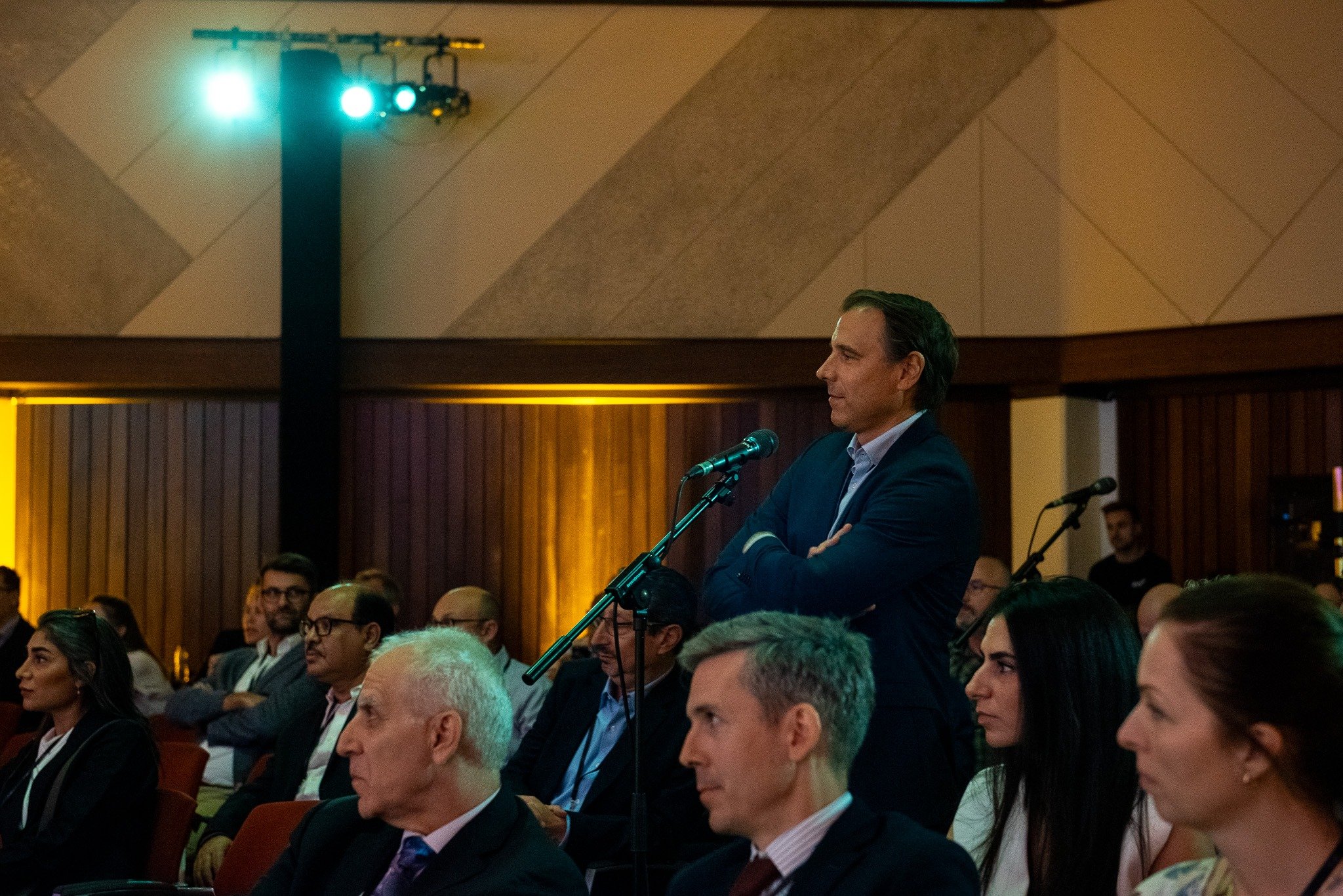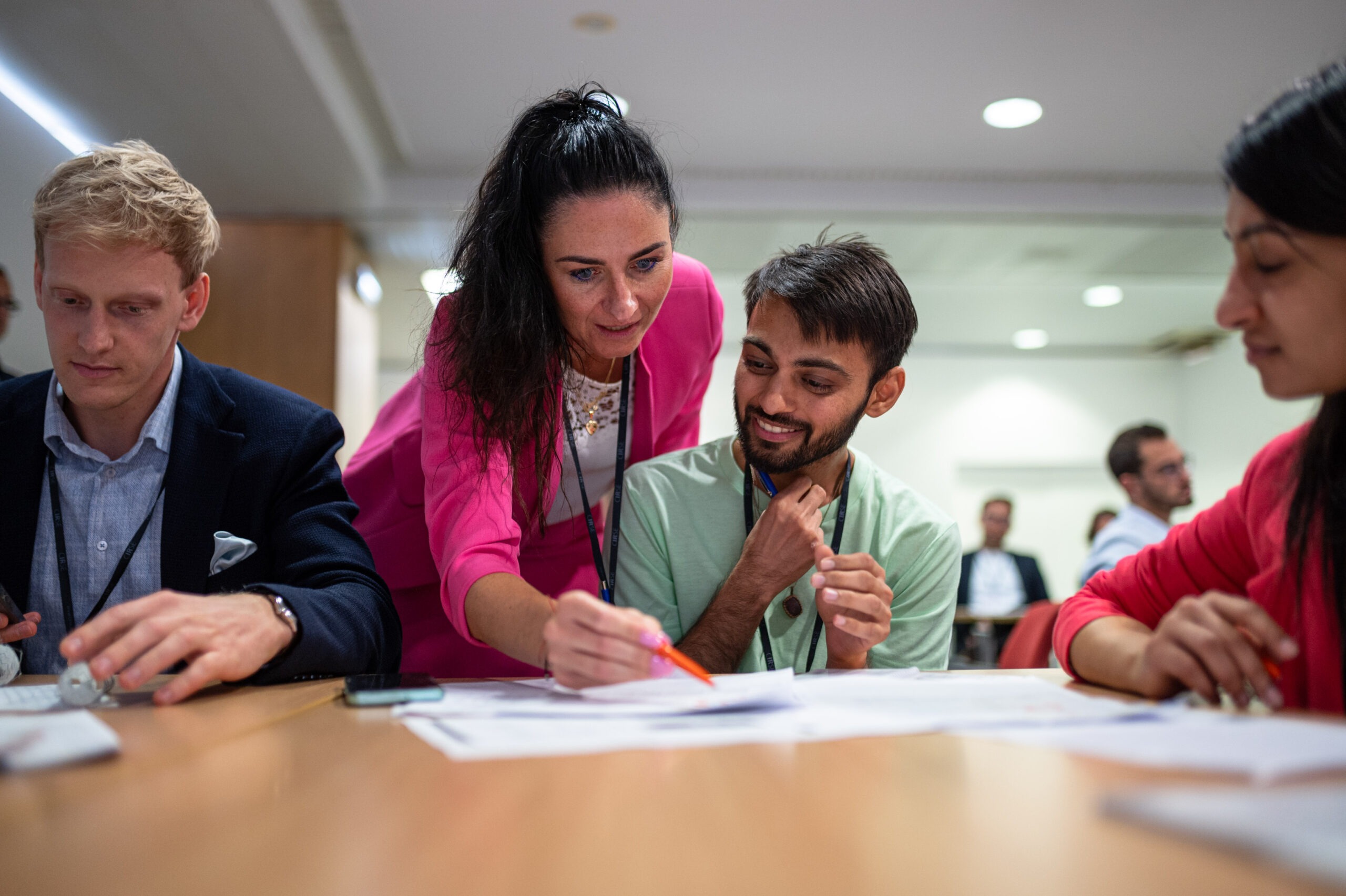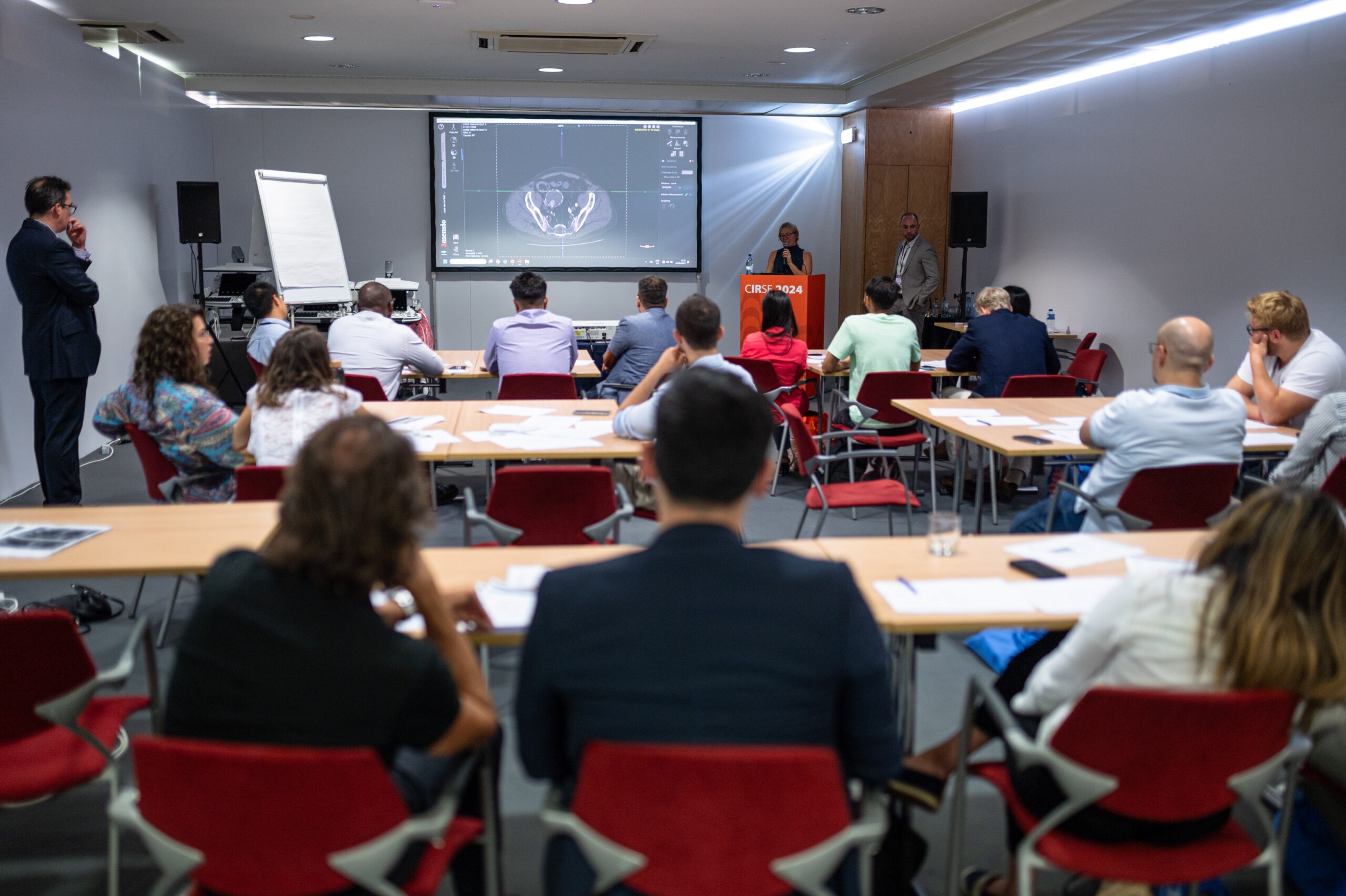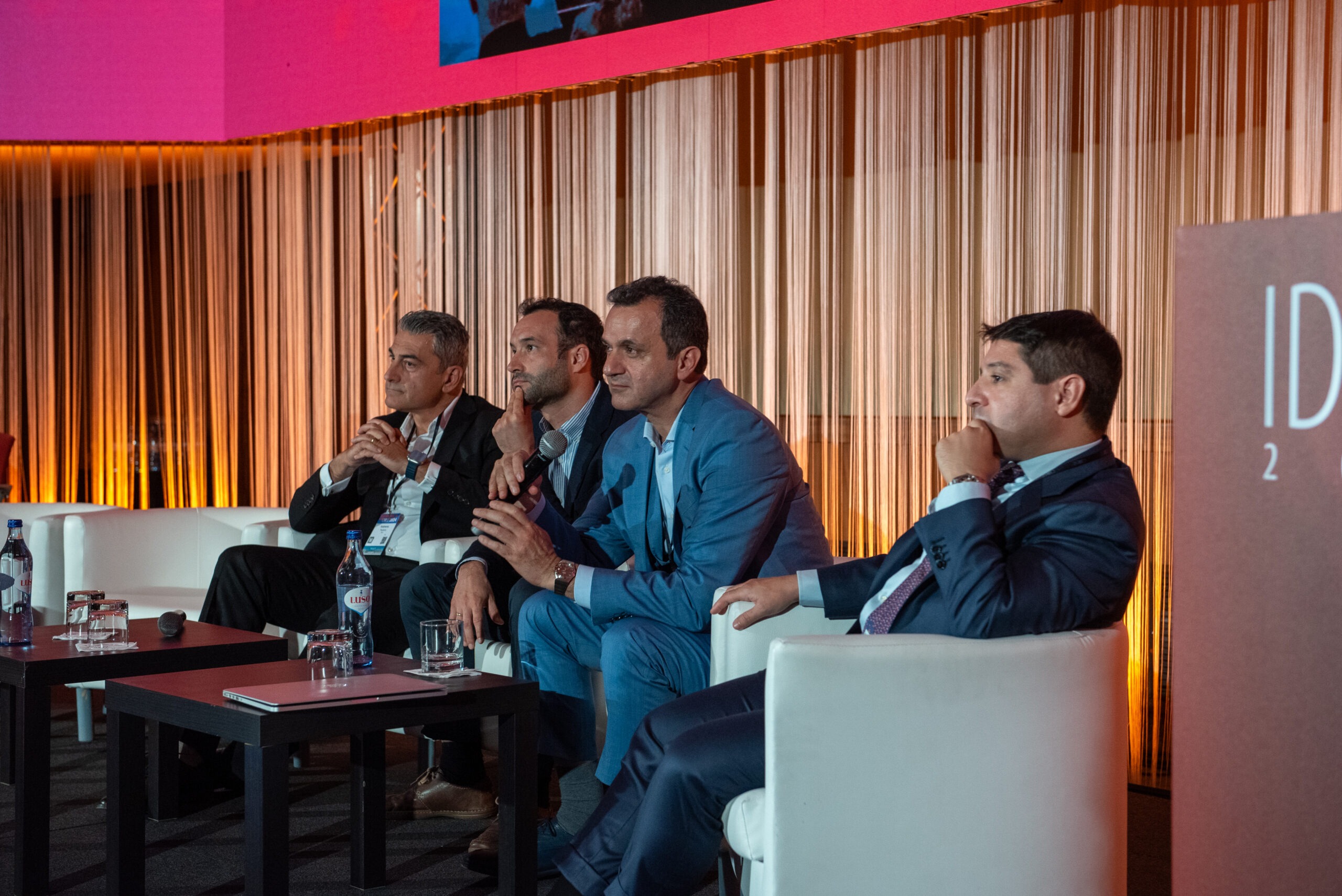IDEAS 2025 – aortic programme
IDEAS, the Interdisciplinary Endovascular Aortic Symposium, takes place every year during the CIRSE Annual Congress. A veritable congress-within-a-congress, IDEAS promotes multidisciplinary collaboration in aortic treatment and features experts from both interventional radiology and endovascular surgery. The IDEAS 2025 programme will feature a variety of session types, from lectures on clinical practice to hands-on practical courses providing attendees with procedural tips and tricks on simulators or devices. Read more about the programme lineup in the welcoming address from Hicham Kobeiter, IDEAS chairperson, and Fabio Verzini, IDEAS Deputy Chairperson.
Delegates registered for the CIRSE Annual Congress have access to the full IDEAS educational programme at no extra cost.
Programme
IDEAS 2025 - Monday, September 15
| 08:30-09:30 | FS 311 – Unsolved issues in standard EVAR |
| 10:00-11:00 | VL 321 – Complex aorto-iliac aneurysm repair |
| 13:00-14:30 | PC 34.1 – IDEAS practical course: FEVAR and BEVAR tips and tricks |
| 14:30-15:30 | ERT 351 – Acute type B dissection |
| 16:15-17:15 | ERT 361 – Thoraco-abdominal endovascular repair |
| 16:15-17:45 | PC 36.1 – IDEAS practical course: Standard EVAR: indication and adjuncts |
| 17:30-18:30 | CBD 371 – Amazing bailouts in complex EVAR |
IDEAS 2025 - Tuesday, September 16
| 08:30-09:30 | FS 411 – Ongoing issues in the aortic arch |
| 10:00-11:00 | CBD 421 – Addressing aorto-iliac ruptures |
| 11:30-12:30 | FS 431 – Endoleaks after EVAR |
| 13:00-14:30 | PC 44.3 – IDEAS practical course: TEVAR with single branch |
| 15:00-16:00 | HTS 452 – Breaking the limits in the aortic field |
| 16:15-17:15 | ERT 461 – Do the results justify the use of modified EVAR? |
| 17:30-18:30 | CBD 471 – My nightmare aortic endovascular case |
Check out the full programme of all CIRSE 2025 and IDEAS 2025 sessions.
IDEAS hands-on practical course series
IDEAS 2025 will feature practical courses on EVAR, FEVAR, BEVAR, and TEVAR.
Each course will last about 90 minutes and is organized and chaired by two clinical experts within the field. The purpose of these courses is to give participants a clinical practical experience, including hands-on training where possible and increase the confidence when using these techniques. There will also be plenty of time for discussion to make sure that all the participants’ questions are answered.
As all courses are with limited seating, attendees will be guaranteed good exposure and close and direct contact with the clinical experts leading the course.
Faculty
Ayman Atmaz Al-Sibaie (Dubai/AE)
Clare Bent (Bournemouth/GB)
Ondina Bernstein (London/GB)
Csaba Csobay-Novak (Budapest/HU)
Pascal Desgranges (Creteil/FR)
Stefano Fazzini (Rome/IT)
Martin Funovics (Vienna/AT)
Mauro Gargiulo (Genova/IT)
Philipp Geisbuesch (Stuttgart/DE)
Yuri Gupta (Brighton/GB)
Mohamad Hamady (London/GB)
Andrew Holden (Auckland/NZ)
Michael Jenkins (London/GB)
Athanasios Katsargyris (Athens/GR)
Hicham Kobeiter (Créteil/FR)
Theodoros Kratimenos (Athens/GR)
Vladimir Makaloski (Bern/CH)
Geert Maleux (Leuven/BE)
Barend Mees (Maastricht/NL)
Nilo Mosquera Arochena (Santiago de Compostela/ES)
Petroula Nana (Hamburg/DE)
Constantino Pena (Miami/US)
Götz M. Richter (Stuttgart/DE)
Fiona Rohlffs (Regensburg/DE)
Samira Rostampour (London/GB)
Maria A. Ruffino (Lugano/CH)
Jost Philipp Schaefer (Kiel/DE)
Vania Tacher (Creteil/FR)
Kongteng Tan (Toronto/CA)
Fadi Tannouri (Brussels/BE)
Raman Uberoi (Oxford/GB)
Rutger Van der Meer (Leiden/NL)
Carla van Rijswijk (Leiden/NL)
Eric Verhoeven (Nuremberg/DE)
Fabio Verzini (Turin/IT)
Florian Wolf (Vienna/AT)
Kak Khee Yeung (Amsterdam/NL)

